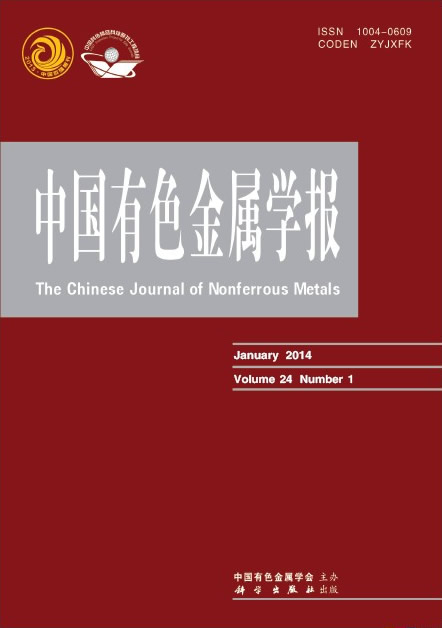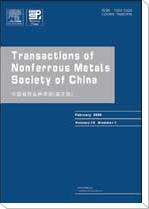中国有色金属学报(英文版)
Transactions of Nonferrous Metals Society of China
| Vol. 35 No. 9 September 2025 |
(College of Materials Science and Engineering, Hunan University of Technology, Zhuzhou 412007, China)
Abstract:X-ray diffraction (XRD), scanning electron microscopy (SEM), energy-dispersive spectroscopy (EDS), electron backscatter diffraction (EBSD), and transmission electron microscopy (TEM) were used to systematically investigate the impact of rapid cold stamping on microstructural evolution and mechanical properties of spray-formed Al-Zn-Mg-Cu alloys under ambient conditions. The results reveal that the dislocation density increases with successive cold stamping passes, the volume fraction of the secondary phase (Mg(Zn,Cu,Al)?) increases from 15.64% to 23.94%, and the average size decreases from 1.41 to 0.75 μm. The pinning effect of the secondary phases on dislocations promotes a significant transformation from low-angle grain boundaries to high-angle grain boundaries, resulting in the average grain size decreasing from 5.75 to 0.97 μm. The strength and hardness of the samples increase with successive cold stamping passes, which is attributed to the synergistic effects of dislocation strengthening, grain boundary strengthening, and secondary phase strengthening.
Key words: Al-Zn-Mg-Cu alloy; rapid cold stamping; texture; sub-grain boundaries; secondary phase


